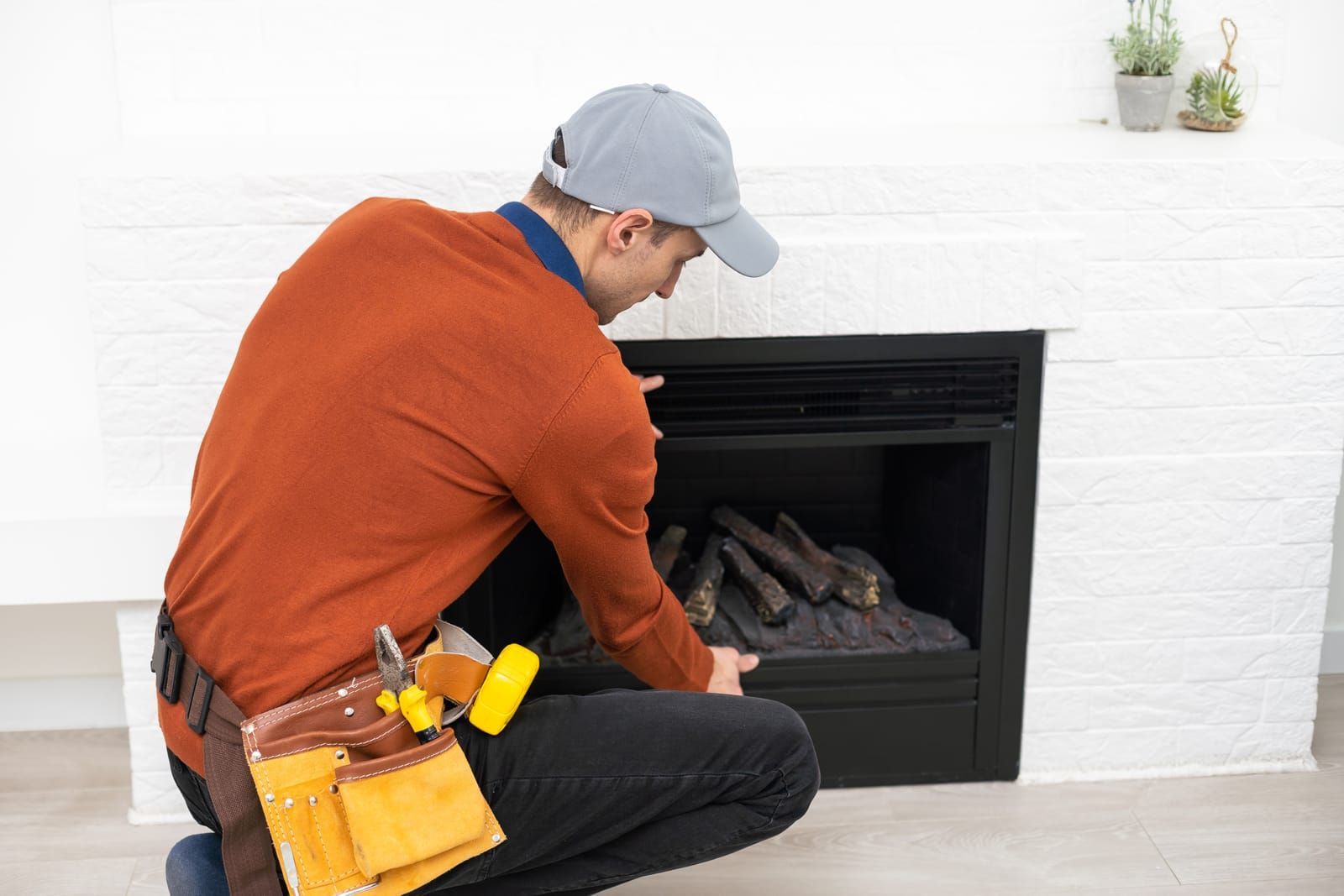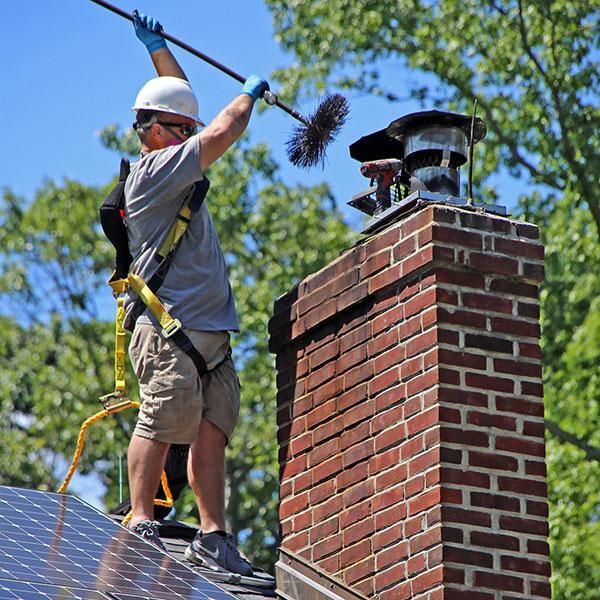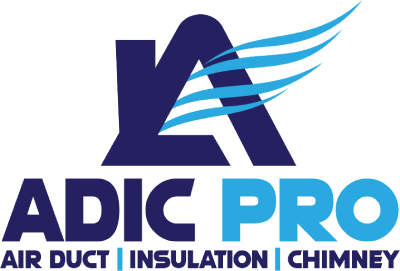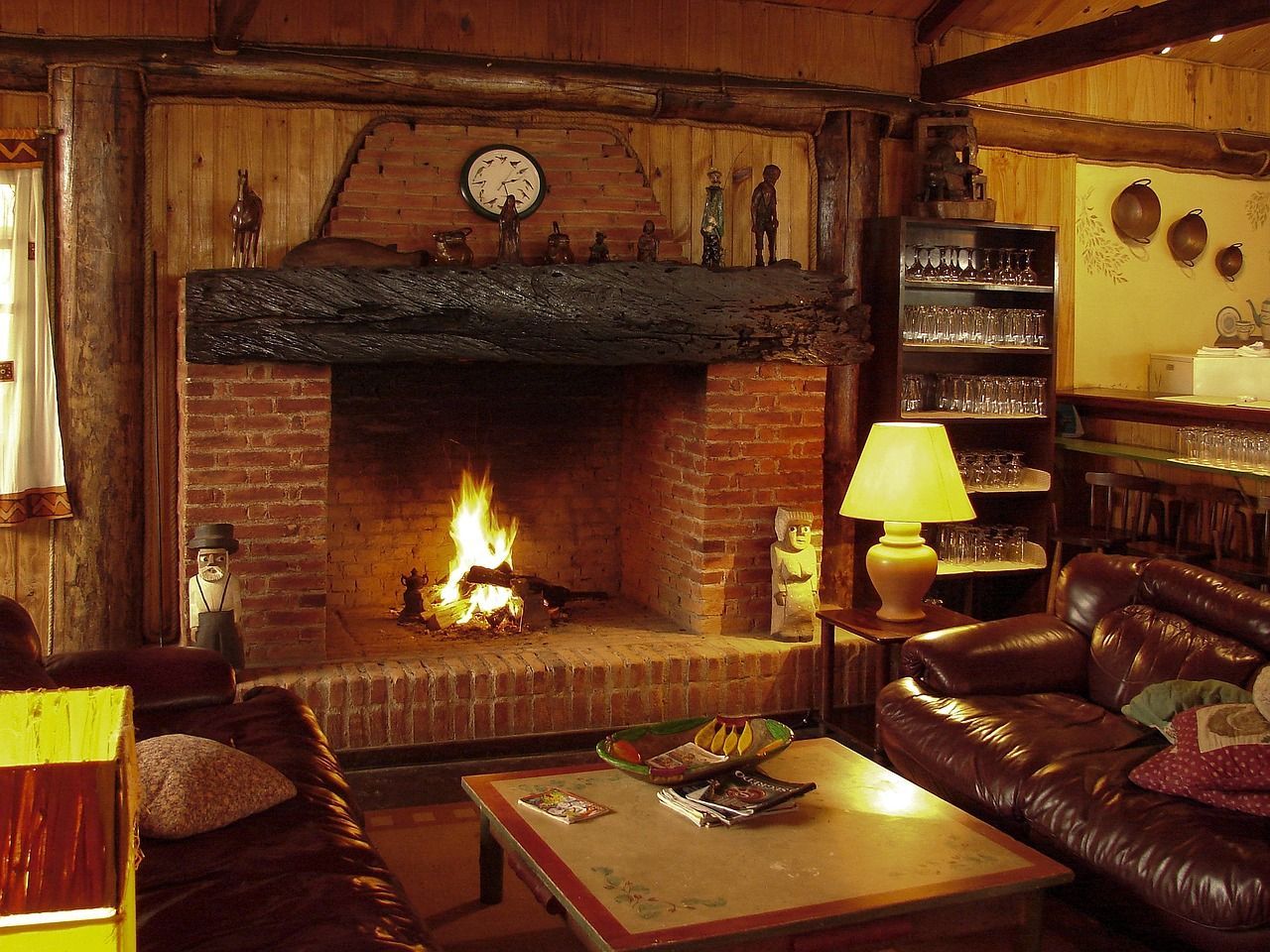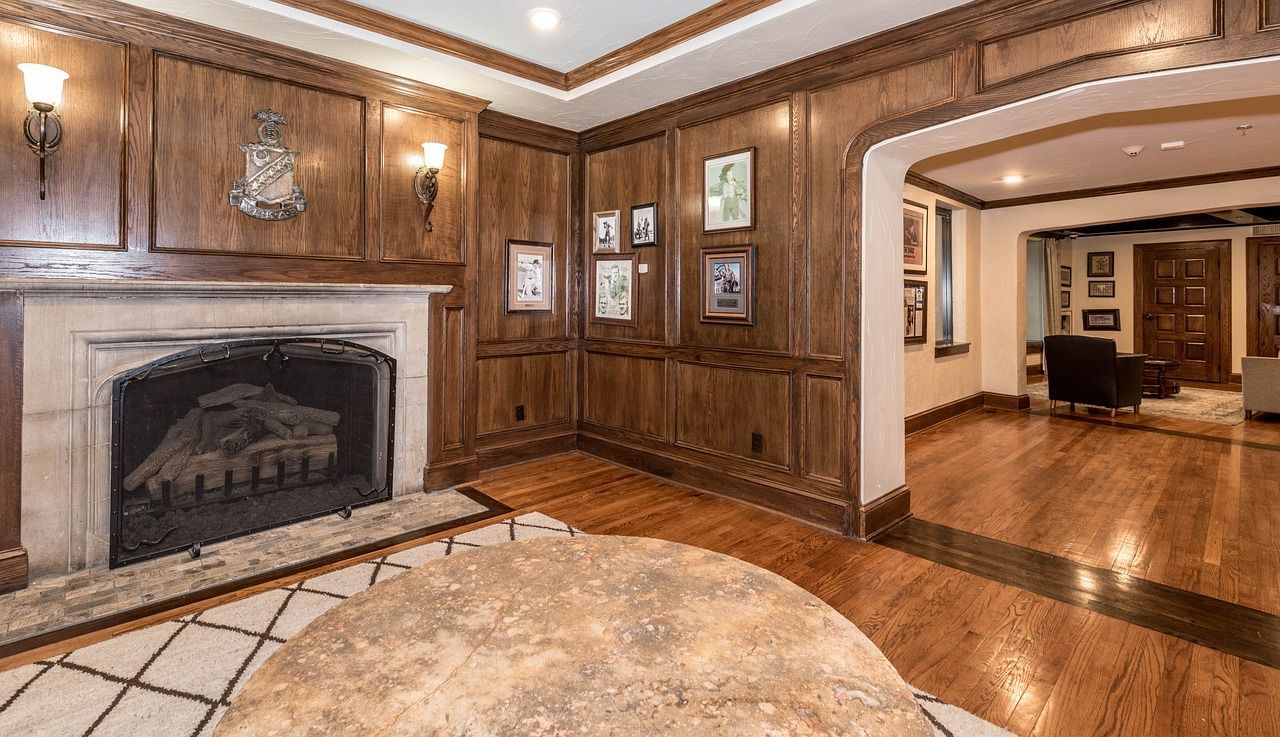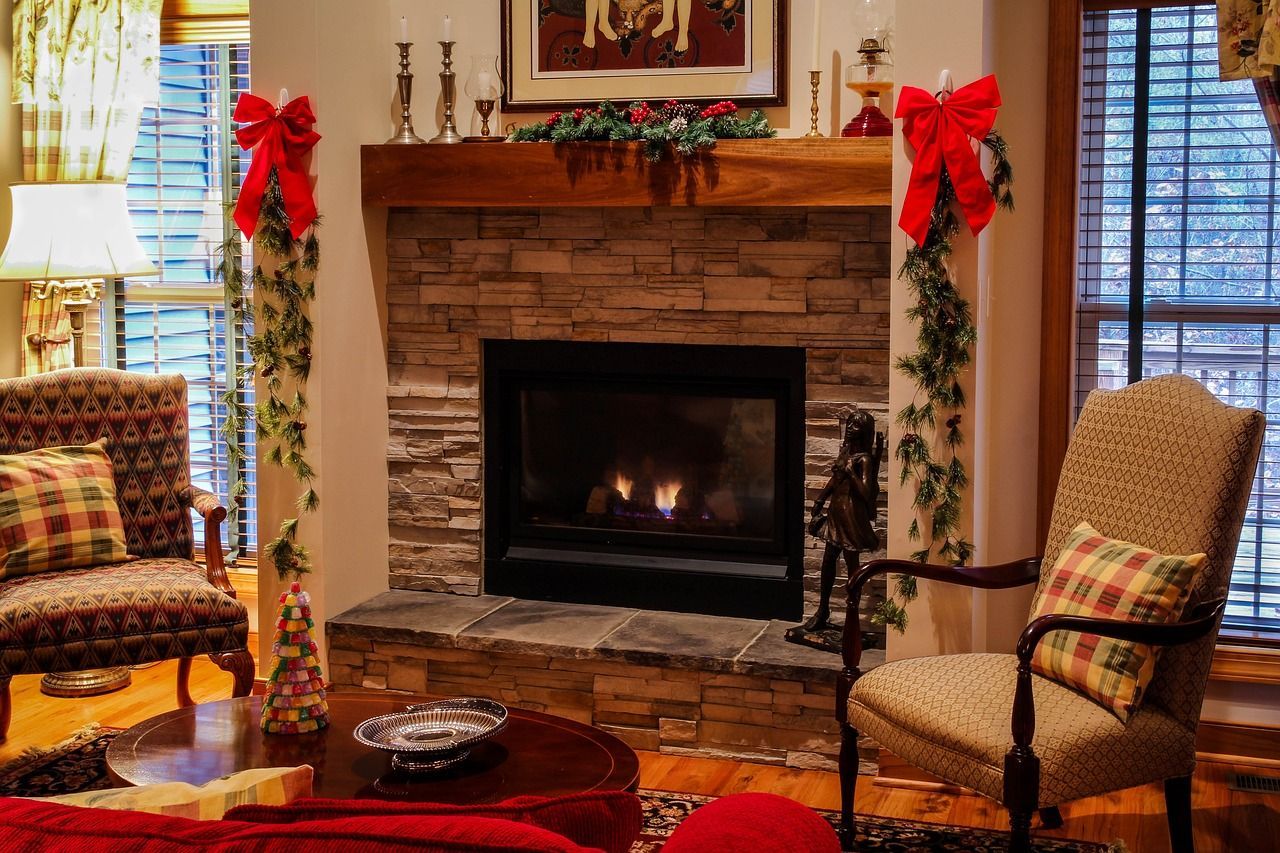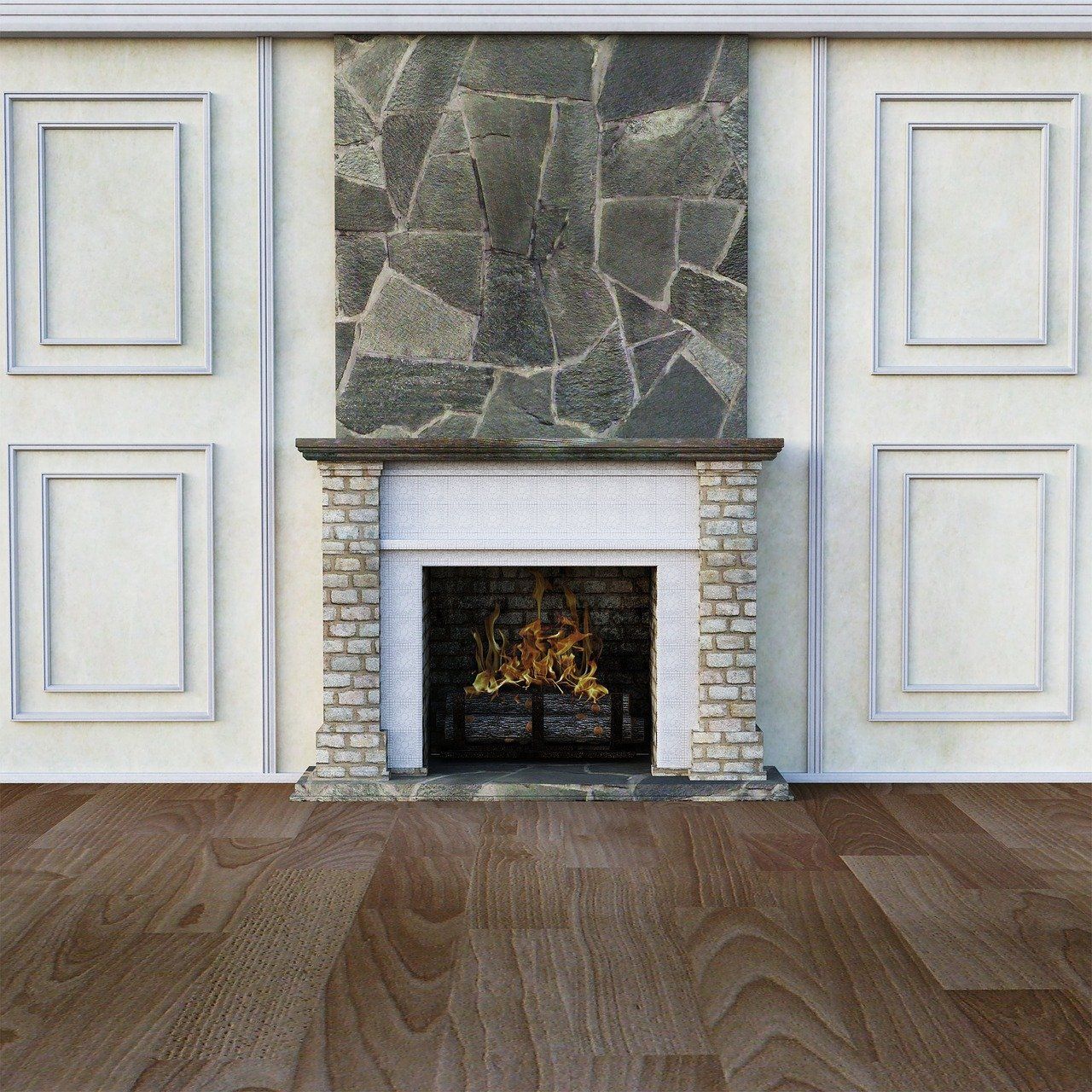Do Gas Fireplaces Give Off Fumes? Understanding Safety and Ventilation with AdicPro
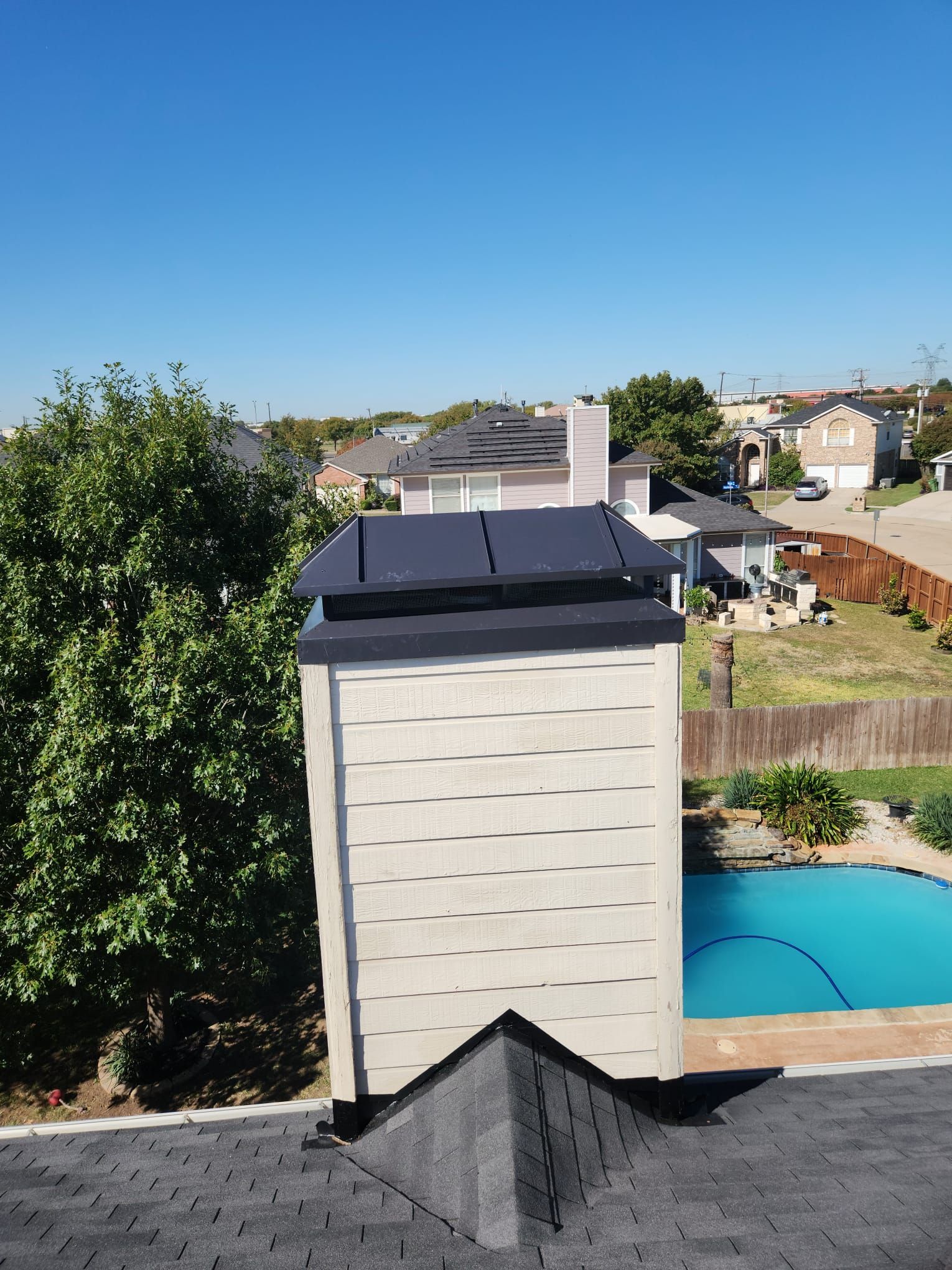
Introduction:
Gas fireplaces have become increasingly popular as a convenient and efficient heating option for modern homes. However, concerns about indoor air quality and the emission of fumes often arise among homeowners considering gas fireplace installation. At AdicPro, we understand the importance of addressing these concerns to ensure the safety and comfort of homeowners. In this blog post, we'll explore the topic of whether gas fireplaces give off fumes, examine potential risks, and discuss strategies for maintaining healthy indoor air quality.
Understanding Gas Fireplace Operation:
Before delving into the question of whether gas fireplaces give off fumes, it's essential to understand how gas fireplaces operate. Gas fireplaces use either natural gas or propane as fuel to produce flames and heat. When the gas fuel is burned, combustion byproducts such as carbon dioxide, water vapor, carbon monoxide, and nitrogen dioxide are produced.
Do Gas Fireplaces Give Off Fumes?
Gas fireplaces are designed to burn gas cleanly and efficiently, producing minimal emissions compared to traditional wood-burning fireplaces. However, it's essential to recognize that gas fireplaces do release combustion byproducts into the air, albeit at much lower levels than wood-burning fireplaces.
1. Carbon Monoxide (CO):
One potential concern associated with gas fireplaces is the emission of carbon monoxide (CO), a colorless, odorless gas that can be harmful in high concentrations. While modern gas fireplaces are equipped with safety features such as oxygen depletion sensors (ODS) to monitor indoor air quality and shut off the fireplace if oxygen levels become too low, there is still a risk of CO buildup if the fireplace is not properly maintained or ventilated.
2. Nitrogen Dioxide (NO2):
Another combustion byproduct emitted by gas fireplaces is nitrogen dioxide (NO2), a respiratory irritant that can exacerbate asthma symptoms and other respiratory conditions. While gas fireplaces typically produce low levels of NO2, prolonged exposure to elevated levels can pose health risks, especially in poorly ventilated spaces.
Factors Affecting Gas Fireplace Emissions:
Several factors can influence the emission of fumes and combustion byproducts from gas fireplaces:
1. Venting System:
The type of venting system used in a gas fireplace plays a significant role in determining the amount of fumes and emissions released into the home. Direct vent gas fireplaces utilize a sealed combustion chamber and vent pipe to expel combustion byproducts outside, minimizing the risk of indoor air pollution. Ventless gas fireplaces, on the other hand, do not require external venting and release combustion byproducts into the home. Proper installation and maintenance of venting systems are essential for ensuring safe and efficient operation.
2. Maintenance and Inspection:
Regular maintenance and inspection of gas fireplaces are crucial for ensuring safe operation and minimizing the emission of fumes. Routine cleaning of burner components, inspection of gas lines and connections, and verification of proper venting are essential tasks that should be performed by a qualified technician.
3. Indoor Air Quality:
The overall indoor air quality of the home can also impact the emission of fumes from gas fireplaces. Factors such as ventilation, humidity levels, and the presence of other indoor pollutants can influence the dispersion and concentration of combustion byproducts in the air. Adequate ventilation and proper airflow are key to maintaining healthy indoor air quality and minimizing the risk of exposure to fumes.
Safety Measures and Recommendations:
To mitigate the risk of fume exposure and ensure safe operation of gas fireplaces, homeowners can take the following safety measures:
1. Install Carbon Monoxide Detectors:
Carbon monoxide detectors should be installed on every level of the home and near sleeping areas to provide early warning of CO buildup. Detectors should be tested regularly and replaced according to manufacturer recommendations.
2. Ensure Proper Ventilation:
Proper ventilation is essential for removing combustion byproducts and maintaining healthy indoor air quality. Ensure that the gas fireplace is installed according to manufacturer specifications and local building codes, and that venting systems are properly sized and installed to prevent backdrafting and fume buildup.
3. Schedule Regular Inspections:
Schedule annual inspections and maintenance checks for gas fireplaces by a qualified technician. Inspections should include a thorough examination of burner components, gas lines, venting systems, and safety features to identify any potential issues and ensure safe operation.
Conclusion:
In conclusion, gas fireplaces can emit fumes and combustion byproducts, including carbon monoxide and nitrogen dioxide, albeit at much lower levels than wood-burning fireplaces. Proper installation, maintenance, and ventilation are essential for minimizing the risk of fume exposure and ensuring safe operation of gas fireplaces. At AdicPro, we're committed to helping homeowners understand the potential risks and benefits of gas fireplaces and providing expert guidance on installation, maintenance, and safety practices. Contact us today to learn more about gas fireplace options and safety considerations for your home.
